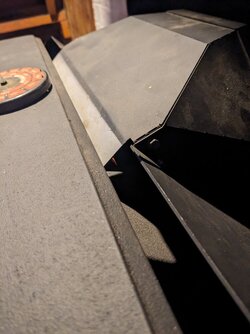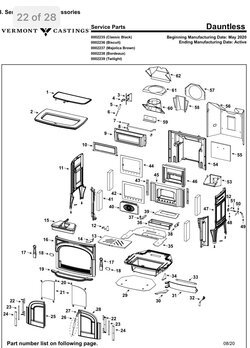Hello all, my partner and I have a VC dauntless stove. Roughly two weeks ago on one of the warmer days of winter, I gave our stove a full clean out. Since the clean out we have been experiencing issues with airflow after getting the fire going. Our start up process is newspaper, kindling, some fat wood, and we open the front door of the stove to get everything burning well. When we close, the front door there doesn't appear to much, if any air flow.
Our flue goes out the back for ~2ft and the 90 degrees up our chimney. We had the liner replaced last year and is insulated up through a brick chimney ~20ft.
Any tips or tricks would be appreciated. Thanks!
Our flue goes out the back for ~2ft and the 90 degrees up our chimney. We had the liner replaced last year and is insulated up through a brick chimney ~20ft.
Any tips or tricks would be appreciated. Thanks!



